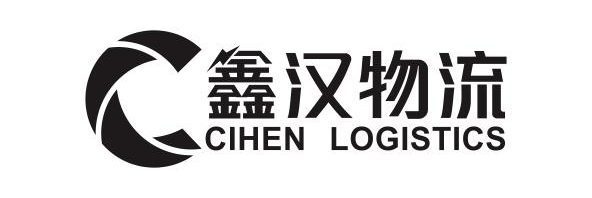At the recent Maritime CEO Forum in Singapore, the question was raised that there could be a new supercycle in the dry bulk industry, or at least a plausible one. The moderators of the Dry Bulk Market Outlook Panel noted that geopolitical risks favor expanding ton-miles, with only 6.5% of fleet orders currently in place, and that the dry bulk fleet is in a “honeymoon period” on the supply side.One panelist commented that a supply-driven supercycle is coming, based on the assumption that the war in Ukraine will continue and that China is opening up.But before we get into that, what is a supercycle? According to the Bank of Canada, a supercycle is simply an “extended period in which prices are well above or below their long-term trend.”The World Bank describes the driving mechanism behind the supercycle as “the interplay of large, unexpected demand shocks and slow-moving supply responses.”At the macro level, the World Bank has identified only four supercycles since 1900. Only once since 1980 has dry bulk shipping been driven by China becoming the world’s factory. This supercycle began in 2001 and ended in the summer of 2008, as shown in the chart below, the Baltic Dry Index (BDI).China’s GDP grew 3.5 times between 2001 and 2008, resulting in a 1100% increase in BDI over the same period.Four macro super cycles in 120 years and one dry bulk super cycle in 40 years. Clearly, the coming market surge is more likely than a supercycle, not least because China is facing the twin effects of a declining population and the reshoring policies implemented by many developed countries in the wake of the coronavirus pandemic. For its part, Ukraine, with a pre-war GDP of $200 billion, or 0.2% of world GDP, can hardly be seen as a potential driving force behind a new supercycle when the war ends and reconstruction begins. As for the changes in trade patterns caused by the war, this is indeed real, but they also cannot be seen as driving supercycles because they are one-off events. So that’s it, is there no reason to have a super cycle in dry bulk?No, in fact, there are reasons why a supercycle is approaching. This is a supercycle that can make the previous cycle seem like a peak or even a blip. Not a supercycle driven by China or India or war, but a supercycle driven by the entire world’s transition to a zero-carbon economy. In short, this coming supercycle, if it happens, may be driven by the fact that before we become leaner and ultimately carbon-free, we first need to become more carbon-intensive. A case of getting an alcoholic to drink more alcohol to get him to stop drinking.The world is already on a path to zero carbon emissions by 2050. In such a short time, the world needs to build an entirely new carbon-free energy infrastructure. That would require a lot of raw materials – coal, oil and natural gas – because it would be years before wind turbines, solar panels and batteries could be produced in factories using only clean energy. In dollar terms, the International Energy Agency (IEA) estimates that $4 trillion will need to be spent annually to build this new energy infrastructure. By 2050, this amounts to a huge total of $104 trillion, equivalent to the world’s annual GDP. Spending has already begun. According to the International Energy Agency, about $1.7 trillion will be spent on clean energy technologies in 2023. It’s certainly shy compared to the $4 trillion needed, but to get there.So is a supercycle coming? Maybe not, because the path the world has embarked on to decarbonize, using mostly solar and wind power without first reducing energy demand, is flawed. At least until we can store electricity on a large scale, which, in fact, is a few days of world energy consumption, and that’s not likely to happen in the near future.Until electricity storage technology can be deployed, the world must keep its existing carbon-intensive power generation capacity working and actually increase it, as current policies promote the use of electric vehicles and global electricity consumption is increasing dramatically. But even worse, when the power storage capacity matches the world’s energy demand, the very low load factor of renewable energy production means will come into play. The load factor of a generator set is the ratio between the power actually generated over a period of time and the output of continuous generation over the same period of time. Solar panels do not generate electricity at night and on cloudy days. Taking into account night, clouds and the bell curve of power production, the load factor of the solar panel is at most 12.5%, which is actually lower because the Angle of the sun is always wrong. By comparison, the average coal-fired power plant uses about 70 percent and the average nuclear power plant uses 80 percent. Simply put, the peak capacity of solar panels must be at least 8 times the electricity demand they serve (100/12.5=8), not including the additional output stored when they are not producing.As a result, the path our fearless leaders have set for us to achieve the legitimate goal of decarbonizing our economy is flawed. However, they hate losing face, so we can be sure that these misguided policies will continue, so there is a super cycle driven by these policies… Unless, of course, shipping dominates it
